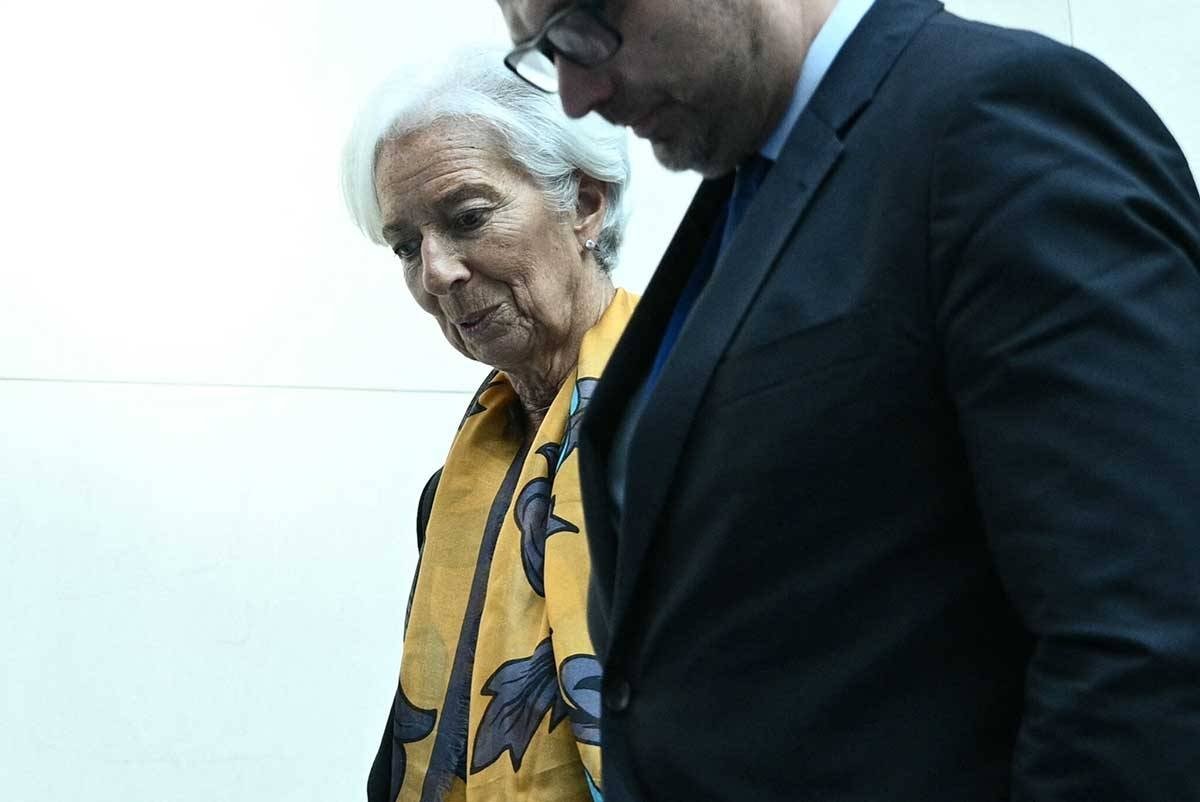What’s going on here?
China’s yuan steadied against the dollar on Monday as the People’s Bank of China (PBOC) stepped in to manage cash conditions and interest rates.
What does this mean?
The PBOC has initiated temporary bond repurchase agreements (reverse repos) to tackle high bond demand and keep interest rates in check. This maneuver showcases the PBOC’s tighter control over the yuan, which has depreciated by 2.3% against the dollar this year due to domestic issues like a sluggish property market and weak consumer spending. At 0230 GMT, the yuan was slightly down at 7.2689 per dollar, with offshore trading showing a minor drop to 7.2894 per dollar. By setting a midpoint rate of 7.1286 per dollar – firmer than expected – the PBOC has signaled a cautious approach to currency management.
Why should I care?
For markets: Yuan’s rollercoaster ride.
China’s efforts to stabilize the yuan are crucial amidst depreciation pressures that could trigger rapid capital outflows. Goldman Sachs predicts a gradual decline, with the yuan potentially hitting 7.40 per dollar in 2024. Investors should closely watch how these moves affect Chinese equities and bonds, especially as the temporary support measures from the PBOC play out.
The bigger picture: Balancing act for China’s economy.
The PBOC’s tactics highlight the broader struggle in China’s economic landscape, juggling between fostering growth and maintaining financial stability. As the yuan’s depreciation continues, global markets will be closely monitoring China’s monetary strategies and their ripple effects on international trade and investment flows. This financial balancing act may set precedents for other emerging markets facing similar challenges.







